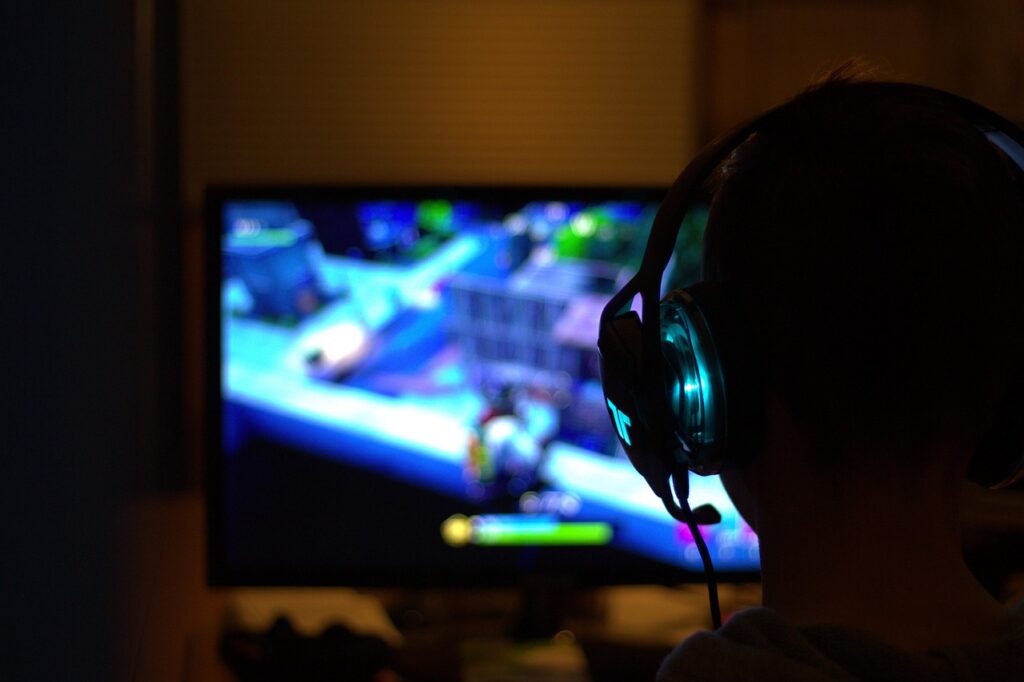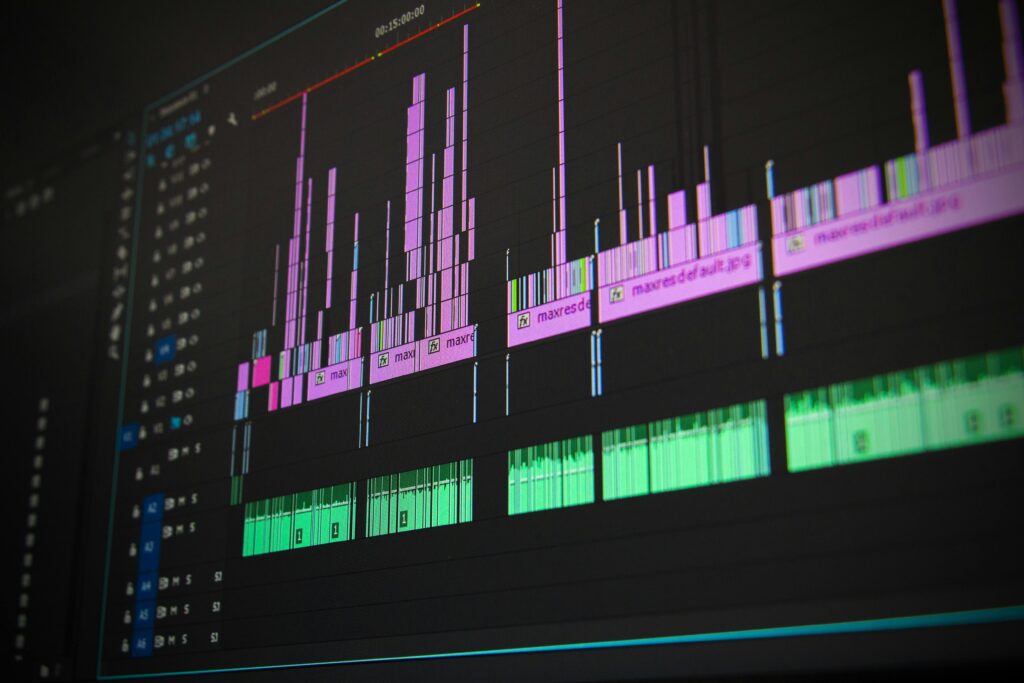Determining The Use Case and Budget For Your PC Build
Before you start shopping for the parts you want to choose for your PC build, you need to know your purpose (what you want to do to your PC) and budget for your computer. Choosing a use case and budget will allow you to choose the parts that you only need for the build appropriately, based on these factors. If one of these factors don’t fit the use case and budget, then there needs to be compromises that have to be made. In some cases, these use cases could also be mixed depending on the user’s needs (an example would be that a user wants to build a PC for gaming and school works).
Choosing a use case
You will need to determine the use or purpose of your PC build. This will help you think on what the primary use of your computer would be when you finally build it. These use cases can make a decision when you allocate your budget and parts that you would choose for your PC build.
School/office works

Photo by Julia M Cameron from Pexels
If you’re planning to build your own computer specifically for the purposes of school use or work and only wants to do their tasks or works via productivity applications (such as Microsoft Office and Google Workspace) and communicate via videoconferencing applications like Zoom and Google Meet, then this use case may be best suited for you.
This use case may include everyday tasks such as word processing, spreadsheets, presentations, and video conferencing, as well as web or software development. In addition, other tasks in this use case may include web browsing, email and streaming content from services such as Netflix and Spotify.
Most of these tasks/uses aren’t demanding, as they don’t use that much processing power and don’t consume that many resources, which they would be best suited for at least a budget PC build. For web or software development, a fairly powerful PC may be recommended for an optimal experience.
Ideally, when you’re building a computer primarily for school and office works, you’ll only need the bare minimum specifications:
- An entry-level processor, such as an Intel Core i3 or i5, or an AMD Ryzen 3 or 5
- 8 or 16GB of RAM
- Integrated graphics (such as the AMD Radeon RX Vega series and Intel UHD Graphics 700 series) or a basic dedicated graphics card (such as the NVIDIA GeForce GT 1030 or AMD Radeon RX 550)
- A SATA or NVMe SSD as the main drive for the operating system and applications, and large hard drive (such as 1TB) for other files when needed
Gaming

Photo from Pexels
One of the popular reasons why there are people that wants to get or build their own computers is because they want to play games and that it’s one of the cost-effective ways to get into gaming besides game consoles. These games can range from the free-to-play titles such as Roblox, Valorant, Fortnite and Marvel Rivals, to paid AAA games such as The Witcher 3, Red Dead Redemption 2, Grand Theft Auto V, and Cyberpunk 2077.
Depending on the games you want to play, you will need a PC that is powerful enough and at least have a dedicated graphics card (GPU) in order to play the games that you want. For free-to-play, indie and older games, you could try to run them on an integrated GPU at very low or low settings first, such as the AMD Radeon RX Vega series and Intel UHD Graphics 700 series of integrated graphics, before you build your own gaming PC. However, if you want to play the best and (probably) the latest AAA titles at 1080p high settings and 60fps, you’ll need to spend a lot of money just to build at least a mid-range gaming PC just to achieve that level of performance at such resolution and graphical settings in order to achieve that frame rate.
If you’re willing to spend much more than that, you could try to build a gaming PC that could target at a resolution of 1440p or above, or target at 1080p but at a high refresh rate such as 240Hz (for competitive games). You need to ask yourself and specify what games do you want to play, and at what resolution, preset and refresh rate (or frames per second) you want to play those games at, so that you only need to consider the budget when you factor in those decisions that you made.
When choosing parts for a gaming PC, consider the following:
- A mid-range processor with 6 cores or more (such as an AMD Ryzen 5 or 7, or Intel Core i5 or i7)
- 16 to 32GB of high-speed RAM (3600MHz for DDR4, and 6000 or 6400MT/s for DDR5)
- A dedicated graphics card with at least 8GB or 12GB of video memory (such as the NVIDIA GeForce RTX 3060, AMD Radeon RX 6600 or the Intel Arc B570)
- An NVMe SSD for primary storage (preferably 1TB or more)
Content creation

Photo by Pixabay from Pexels
Content creation is a broad term that encompasses creative-related tasks such as photo editing, video editing, illustrating, 3D modeling, animation (either 2D or 3D), motion graphics, music production, and others. These involves the creation of content in a medium like photos, illustrations, animations, videos, movies, music, sound design, and many others.
Applications include the Adobe Creative Cloud series of applications (such as Adobe Photoshop, Adobe Illustrator, Adobe InDesign, Adobe Premiere Pro, and Adobe After Effects), DaVinci Resolve, Blender, Autodesk 3ds Max and Maya, Cinema 4D, FL Studio, and many others.
While some tasks like photo editing, light video editing, illustrating, 2D animation, and music production would only require a decent or fairly powerful PC to do such tasks, there are some tasks that require a more powerful PC, such as 3D modeling, heavy video editing, VFX work, and motion graphics. Furthermore, having a much powerful PC would also allow for shorter render or export times depending on how heavy the project you’ve been working on and the length and resolution that’s exported at.
When choosing parts for a content creation PC, consider the following:
- A mid-range processor with 6 cores or more (for light creative use, such as an AMD Ryzen 5 or 7, or Intel Core i5 or i7) or a high-end processor with 8 cores or more (for heavy creative use, such as an AMD Ryzen 7 or 9, or Intel Core i7 or i9)
- 32GB or more of high-speed RAM (3600MHz for DDR4, and 6000 or 6400MT/s for DDR5)
- A dedicated graphics card with at least 8GB or 12GB of video memory (such as the NVIDIA GeForce RTX 3060, AMD Radeon RX 6600 or the Intel Arc B570)
- An NVMe SSD for primary storage (preferably 1TB or more) and a large HDD (preferably 1TB or more), either as a storage for project assets or for scratch disks
- A second monitor (for increased productivity)
Specify a budget
Now once you have chosen the use case for your PC build, you will now have to specify a budget for your PC build. This budget can vary based on your intended use, target performance, and the specific components that you chose. You need to make sure that you maximize your budget by choosing the best selection of parts based on it performs and avoid skimping on parts such as the power supply, the motherboard, storage, and the graphics card. As much as possible, try to avoid basing your build based on aesthetics and instead focus on getting the best performance possible based on the parts that is worth for your wallet.
Ideally, these are the potential price brackets for a theoretical PC build based on the following use cases:
- School/Office Works
- Entry Level – ₱15,000 to ₱30,000
(AMD Ryzen 3 or Intel Core i3 processor, 8 or 16GB RAM, 512GB or 1TB SATA/NVMe SSD with an optional hard drive, and no dedicated GPU) - Mid-Range – ₱30,000 to ₱45,000
(AMD Ryzen 5 or Intel Core i5 processor, 16GB RAM, NVMe SSD that’s 1TB or more with an optional hard drive, and no dedicated GPU) - High-End – ₱45,000 and above
(AMD Ryzen 7 or Intel Core i7 processor, 32GB RAM or more, NVMe SSD that’s 1TB or more with an optional hard drive, and a dedicated entry-level to mid-range GPU such as an NVIDIA GeForce RTX 3050 or an AMD Radeon RX 6600)
- Entry Level – ₱15,000 to ₱30,000
- Gaming
- Entry Level – ₱35,000 to ₱45,000
(AMD Ryzen 5 or Intel Core i3/i5 processor, 16GB RAM, 1TB NVMe SSD, and an entry-level graphics card such as an AMD Radeon RX 6600) - Mid-Range – ₱50,000 to ₱85,000
(AMD Ryzen 5/7 or Intel Core i5 processor, 32GB RAM, 1 or 2TB NVMe SSD, and a mid-range graphics card such as an AMD Radeon RX 7700XT or a NVIDIA GeForce RTX 4070) - High-End – ₱85,000 and above
(AMD Ryzen 7/9 or Intel Core i7 processor, 32GB RAM or more, 2TB NVMe SSD or more, and a high-end graphics card such as an AMD Radeon RX 7800 XT or a NVIDIA GeForce RTX 4080)
- Entry Level – ₱35,000 to ₱45,000
- Content Creation
- Entry Level – ₱45,000 to ₱70,000
(AMD Ryzen 5 or Intel Core i5 processor, 16 or 32GB RAM, 1TB NVMe SSD with a 2TB hard drive or more, and an entry-range graphics card such as an NVIDIA GeForce RTX 3050 or an AMD Radeon RX 6600) - Mid-Range – ₱85,000 to ₱140,000
(AMD Ryzen 7 or Intel Core i7 processor, 32 or 64GB RAM, 2TB NVMe SSD with a large capacity hard drive such as 4TB, and a mid-range graphics card such as an NVIDIA GeForce RTX 4070 or an AMD Radeon RX 7700 XT/7800 XT) - High-End – ₱170,000 and above
(AMD Ryzen 9 or Intel Core i9 processor, 64GB RAM or more, 2TB NVMe SSD or more with multiple large capacity hard drives, and a high-end graphics card such as an NVIDIA GeForce RTX 4080/4090 or an AMD Radeon RX 7900 XT/7900 XTX)